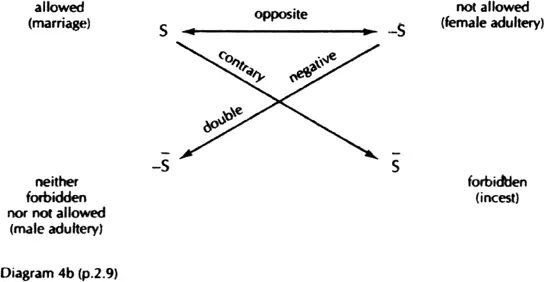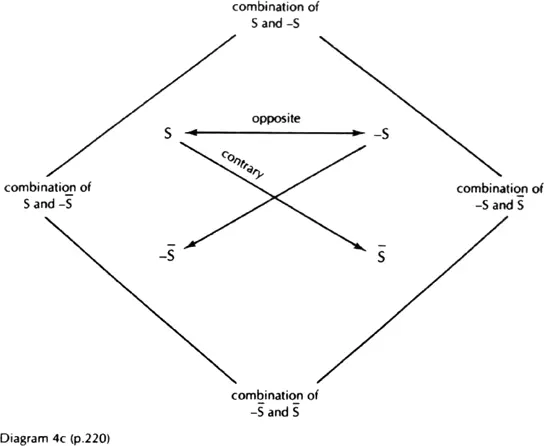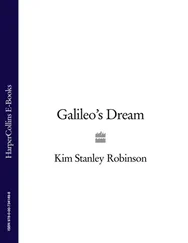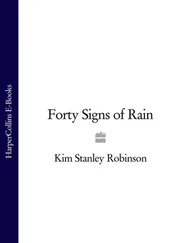Walking toward the Alchemists’ Quarter, he fit the morning’s events into the gridwork of this new characterological system. Extra version-introversion was one of the best-studied systems of traits in all psychological theory, with great masses of evidence from many different cultures supporting the objective reality of the concept. Not as a simple duality of course; one did not label a person plainly this or that, but rather placed them on a scale, rating them for such qualities as sociability, impulsiveness, changeability, talkativeness, outgoingness, activity, liveliness, excitability, optimism, and so on. These measurements had been done so many times that it was statistically certain that the various traits did indeed hang together, to a degree that exceeded chance by a huge amount. So the concept was real, quite real! In fact physiological investigations had revealed that extraversion was linked with resting states of low cortical arousal, introversion with high cortical arousal; this had sounded backwards to Michel at first, but then he remembered that the cortex inhibits the lower centers of the brain, so that low cortical arousal allows the more uninhibited behavior of the extravert, while high cortical arousal is inhibitory and leads to introversion. This explained why drinking alcohol, a depressant which lowers cortical arousal, could lead to more excited and uninhibited behavior.
So the whole collection of extravert-introvert traits, with all that they said about one’s character, could be traced back to a group of cells in the brain stem called the ascending reticular activating system, the area that ultimately determined levels of cortical arousal. Thus they were driven by biology. There should be no such thing as fate : Ralph Waldo Emerson, a year after his six year-old son died. But biology was fate.
And there was more to Michel’s system; fate, after all, was no simple either-or. He had recently begun to consider Wenger’s index of autonomic balance, which used seven different variables to determine whether an individual was dominated by the sympathetic or the parasympathetic branches of the autonomic nervous system. The sympathetic branch responds to outside stimuli and alerts the organism to action, so that individuals dominated by this branch were excitable; the parasympathetic branch, on the other hand, habituates the alerted organism to the stimulus, and restores it to homeostatic balance, so that individuals dominated by this branch were placid. Duffy had suggested calling these two classes of individuals labiles and stabiles , and this classification, while not as famous as extraversion and introversion, was just as solidly backed by empirical evidence, and just as useful in understanding varieties of temperament.
Now, neither system of classification told the investigator all that much about the total nature of the personality being studied. The terms were so general, they were collections of so many traits, that they said very little in any useful diagnostic sense, especially since both were Gaussian curves in the actual population.
But combine the two systems, and it began to get very interesting indeed.
It was not a simple matter, and Michel had spent a fair amount of time at his computer screen sketching one kind of combinatoire after another, using the two different systems as the x and y axes of several different grids, none of which told him much. But then he began moving the four terms around the initial points of a Greimas semantic rectangle, a structuralist schema with alchemical ancestry, which proposed that no simple dialectic was enough to indicate the true complexity of any cluster of related concepts, so that it was necessary to acknowledge the real difference between something’s opposite and its contrary; the concept “not-X” being not quite the same thing as “anti-X,” as one saw immediately. So the first stage was usually indicated by using the four terms in a simple rectangle:
Thus —S was a simple not-S, and s was the stronger anti-S; while —s was the for Michel skullcracking negation of a negation, either a neutralizing of the initial opposition, or the union of the two negations; in practice this often remained a mystery or koan, but sometimes it came clear, as an idea that completed the conceptual unit quite nicely, as in one of Greimas’s examples:

The next step in the complication of the design, the step where new combinations often revealed structural relationships not at all obvious on the face of it, was to build another rectangle that bracketed the first at right angles, like so:

And Michel had stared at this schema, with extraversion, introversion, lability and stability at the first four corners, and considered their combinations; and then everything had suddenly fallen into focus, as if a kaleidoscope had suddenly clicked by accident into a depiction of a rose. For it made perfect sense: there were extraverts who were excitable, and extraverts who were on an even keel; there were introverts who were quite emotional, and those who were not. He could immediately think of examples among the colonists of all four of the types.
When considering names to give these combined categories, he had had to laugh. Unbelievable! It was ironic at best to think that he had used the results of a century’s psychological thinking, and some of the latest laboratory research in psychophysiology, not to mention a complicated apparatus from structuralist alchemy, all in order to reinvent the ancient system of the humours. But there it was; that was what it came down to. For the northern combination, extraverted and stabile, was clearly what Hippocrates, Galen, Aristotle, Trimestigus, Wundt, and Jung would have called sanguine; the western point, extraverted and labile, was choleric; in the east, introverted and stabile was phlegmatic; and in the south, introverted and labile was of course the very definition of the melancholic! Yes, they all fit perfectly! Galen’s physiological explanation for the four temperaments had been wrong, of course, and bile, choler, blood and phlegm had now been replaced as causative agents by the ascending reticular activating system and the autonomic nervous system; but the truths of human nature had held fast! And the powers of psychological insight and analytic logic of the first Greek physicians had been as strong, or rather stronger by far, than that of any subsequent generation’s, blinkered by an often-useless accumulation of knowledge; and so the categories had endured and were reaffirmed, in age after age.
Michel found himself in the Alchemists’ Quarter. He exerted himself to pay attention to it. Here men used arcane knowledge to make diamonds out of carbon, and they made it so easily and precisely that all their window glass was coated in a molecular layer of diamond to protect it from the corrosive dust; and their great white salt pyramids (one of the great shapes of ancient knowledge, the pyramid) were coated in layers of pure diamond. And the one-molecule diamond-coating process was just one of thousands of alchemical operations performed in these squat buildings.
In recent years the buildings had taken on a faintly Moslem look, their white brick walls displaying equation after equation, all rendered in black flowing mosaic calligraphy. Michel ran into Sax, who was standing next to the terminal velocity equation displayed on the wall of the brick factory, and he switched to the common band: “Can you turn lead into gold?”
Читать дальше














